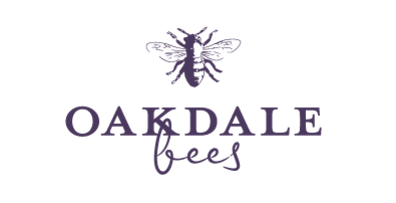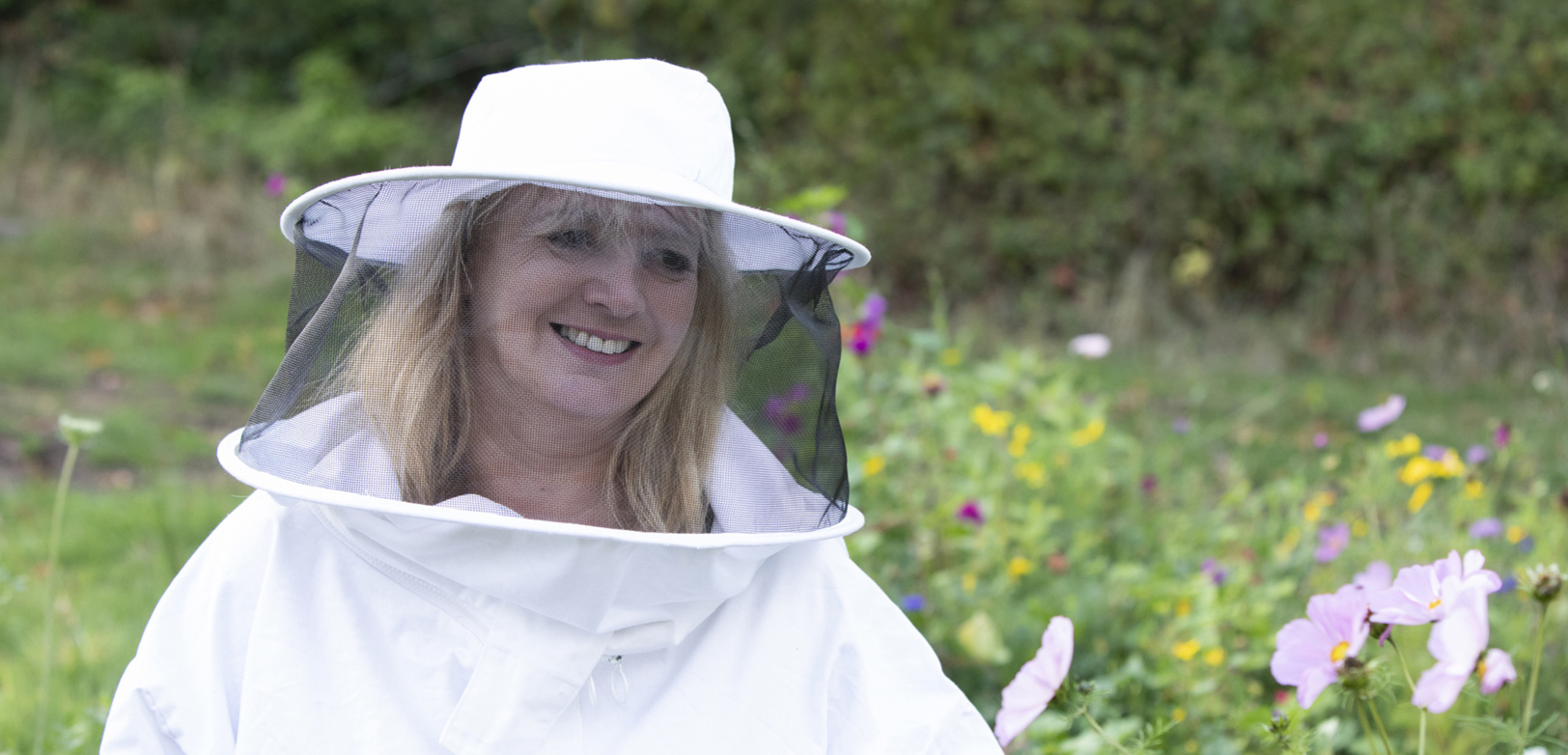

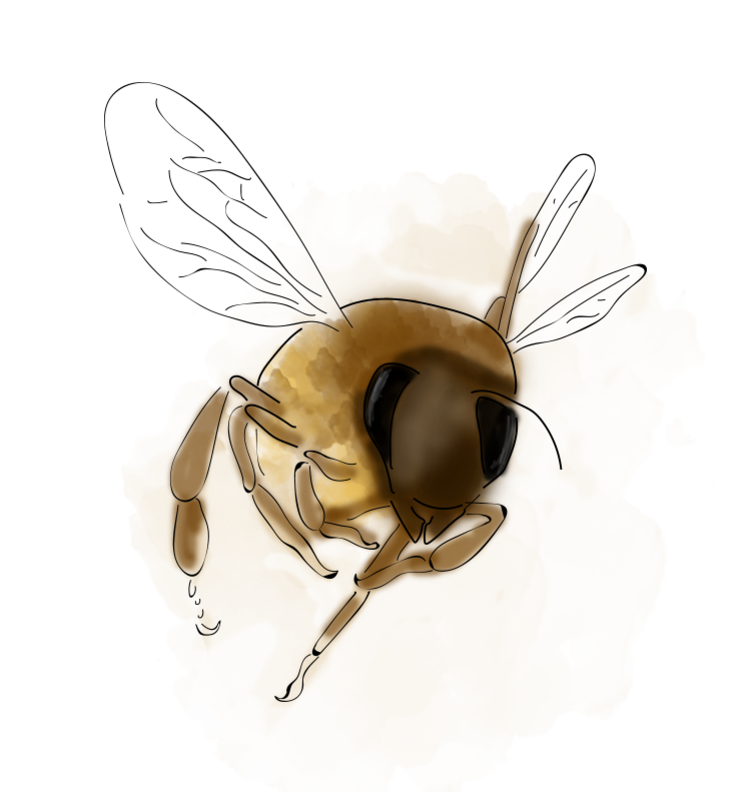
PASSIONATE ABOUT NATURE
Passionate about the environment and all things to do with nature. Oakdale Bees make by hand, natural, eco hive products including Beeswax wraps, wood, leather and bowl polishes, plus a range of eco gifts including ‘Make your own Beeswax wraps’ kits. British ingredients and eco packaging are sourced from ethical suppliers, which are centric to our philosophy.
Our ethos goes beyond beekeeping, we have just planted over 800 nectar rich species at our Apiary to enrich the environment for all pollinators, birds, bats and butterflies. A range of trees and saplings including Hawthorne, Field Maple, Bird Cherry, Dog Rose, English Oak Trees, Guelder Rose, Hornbeam and Hazel.
Seeds are collected late summer each year ready to resow and expand our wildflower meadow specifically with species which will attractive all pollinators and/ if are/ honest are visually outstanding for us too to enjoy.
Our packaging is typically sent in reused boxes, we have no printed marketing collateral, we use no pesticides or weedkiller on our 5-acre site, our offices are furnished with charity shop preloved quality items.
If each of us can make small changes the collective impact is far greater and we therefore thank you for taking an interest in our company and products.

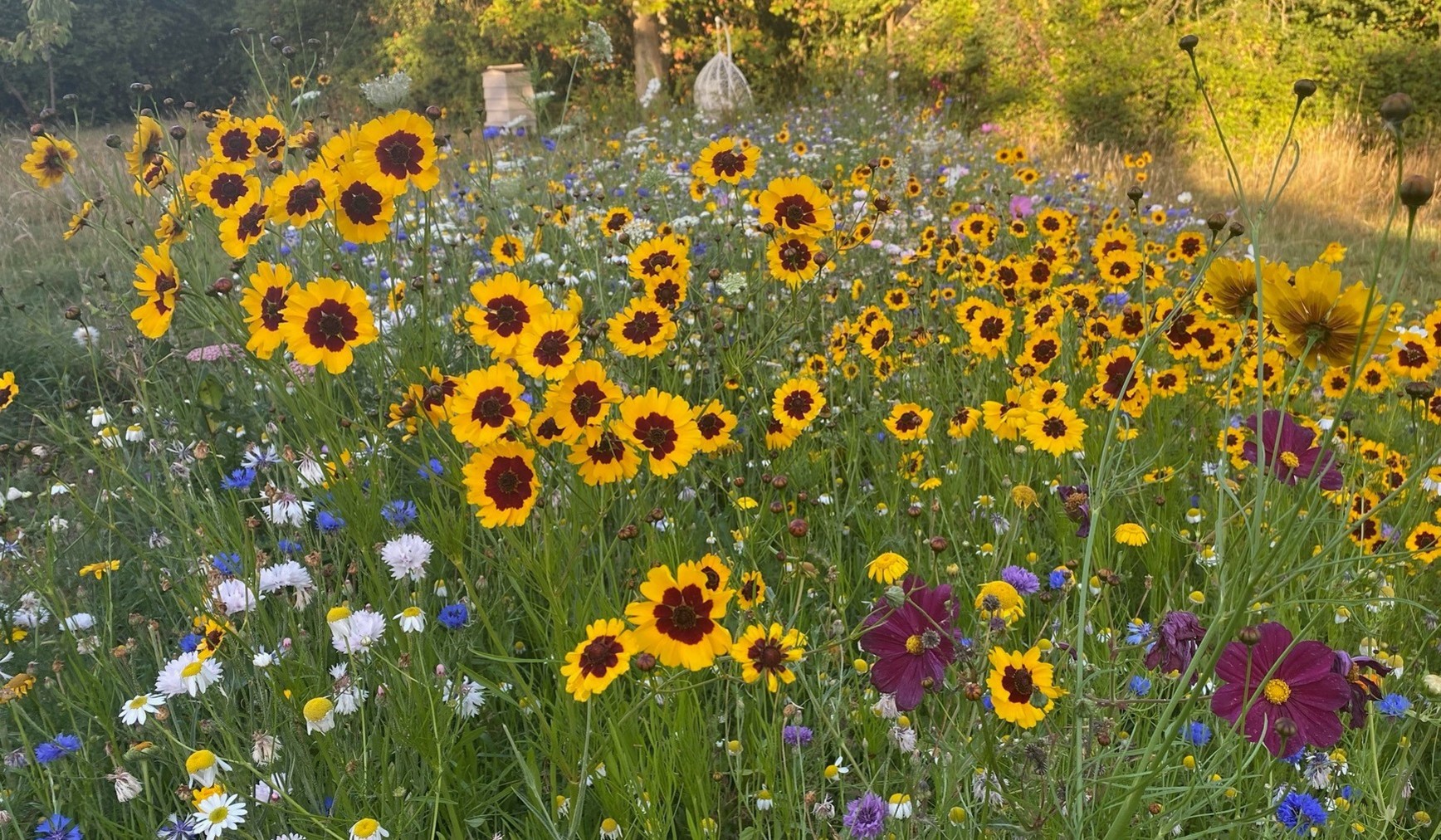



BRITISH BEES - 'OUR GIRLS'
Bees are one of the world’s most marvellous creatures; velvet beauties no larger than a marble, powdered with pollen. They hum and dip across your garden or chart a high meander through an orchard of apple trees, darting from flower to flower, poking their heads into petals to find nectar and pollen. In return, the bees help the flowers by spreading their pollen. This is called pollination. Many plants would not be able to fertilise without bees and other pollinators, so this relationship is symbiotic as both bee and flower help each other to reproduce and succeed. In fact, one-third of the food we eat depends on pollinators, so their work is incredibly important for humans too.
A little about the bees, ‘our girls’. They are British Buckfast bees and (yes, we are biased) they are very well behaved, polite and prolific. They forage on the abundant natural larder on our doorstep but can fly up to three miles for particularly tasty treats. Typically, our natural forest larder includes foxgloves, borage, knapweed, clover, cornflowers, poppy’s, honeysuckle, brambles, horse chestnut tree pollen and acres of buttercups. They particularly enjoy our recently planted fruit orchard.

ENVIRONMENT
Our motivation for starting an apiary, apart of course from our passion for bee was to do our bit to abate the alarming decline in the species and the environmental eco system they support. If each of us make small changes it will make a difference. Please read more about out Bees Wax Food Wraps which are a must for any fridge, packed lunch or picnic.

NATURAL BEESWAX
What is Beeswax
We thought we share just some of the fascinating insights into what is Beeswax as it features in all of our lovely natural product’s.
Beeswax (Cera Flava) is a substance secreted by four pairs of wax glands under the abdomen of honeybees. Wax glands on the underside secrete small wax platelets, after feeding with royal jelly and they use this to construction the structure of the hive. These platelets are scraped off by the bee, chewed, and masticated into pliable pieces with the addition of saliva and a variety of enzymes.
The colour varies and whilst starts as pure white turns golden once the propolis and larval debris are incorporated, older wax will be very dark in colour.
Beeswax has historical uses.
Research and testing extracts of ancient pottery and it has been determined that beeswax was harvested and used by Neolithic peoples to seal thereby preserving their food.
For hundreds of years, many people stored their food in ‘cold’ rooms such as pantries. Salting and pickling were also time-tested methods. Prior to the mid-1800s, pre pasteurisation food spoiled very easily and become bacteria ridden, especially when left ‘out in the open’.
Beeswax has been a popular method for preserving food for thousands of years. The history of waxing fabric for various uses can be traced back to the time of the Egyptians. The first use of beeswax coated fabric to preserve food was well documented. This allowed vegetables and fruit, and other perishable goods to last longer than they would have done had they been left in the open. Wax coated fabric provided a versatile sealing method for clay and glass vessels.
Why do Bees make Wax
Beeswax is used to make the foundation and honeycomb hexagonal cells used for raising the brood and storage of honey and pollen. The uniform wax cells are used to cradle larvae, and are storage cells for pollen and honey, and the entire wax foundation supports the mass of working bees. The structure this weight supports is truly amazing and often emulated by engineers the world over.
Wax is strong, for example, approximately 100 g of wax is used to construct all the cells in one Langstroth deep frame. The chemistry of wax varies between genera and species of bees. It is estimated that beeswax from some Bees consists of over 300 different compounds.
The pure magic of Beeswax
Beeswax has no direct effect on humans or larger animals. If mixed with medicinal drugs or poisonous baits, it preserves the active materials longer and releases them slowly. It is a good electric insulator and, when saponified with borax, it allows the mixture to remain very stable creating smooth emulsions for cosmetics. It has anti-inflammatory and antioxidant properties.
Beeswax is inert with high plasticity (no not the nasty ones). It protects against corrosion, abrasion and moisture loss. Commercial beeswax is used for metal castings, candle making, as well as in cosmetics, textiles, varnishes and food processing. In particular for food preserving especially cheeses.
Other animal natural waxes include whale and wool wax (from sheep).
Beeswax candles have been used for thousands of years, the ancient Egyptians used beeswax to make candles and to embalm the dead. The ancient Greeks and Romans also used beeswax candles in their religious ceremonies and to light their homes.
In the Middle Ages, beeswax candles were a luxury item, only affordable for Royalty and the wealthy, churches and castles, certainly highly valued. The poor used tallow candles made from rendered animal fats which were considerably more odorous but omitted nasty dark plumes of smoke when burning.
Popularity of beeswax candles began to decline with the introduction of electricity.
Beeswax candles when burning are non-toxic, emit negative ions when burned, and have a natural, subtle delicious honey scent. They are also a sustainable and environmentally-friendly alternative to soy and paraffin wax candles.

HEALTHY HABITS
Our aim is to encourage us all to make small changes and encourage healthy habits to effect greater change. The use of beeswax wraps verses clingfilm is a little daily win everytime. Gifting seeds rather than flowers wrapped in plastic that have been shipped halfway around the world. Switching to natural Wood, Leather and Chaopping Board polishes which contain no nasty addatives. We put some much pressure on however if we collectively make informed switches it does have an impact. So well done you for visting our site and considering our selection of eco hive goodies.
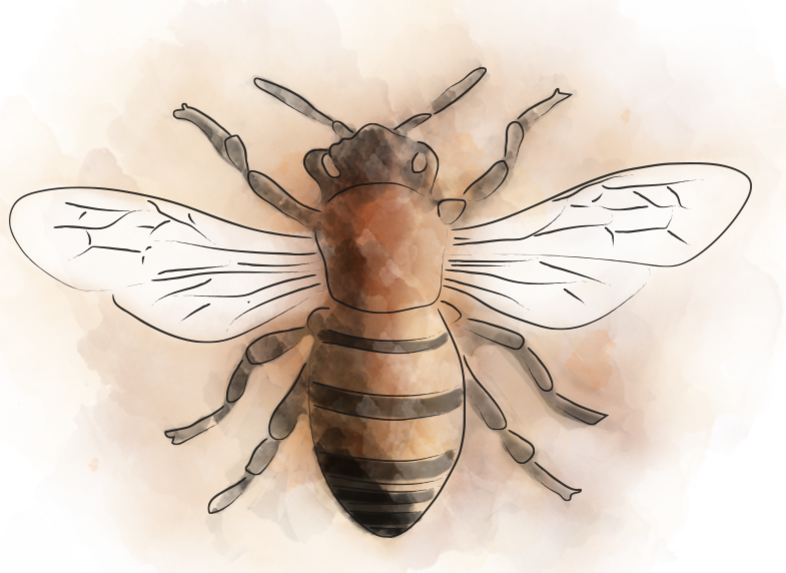
GETTING STARTED
Oakdale Bees began after undertaking a course at BCA Berkshire Agricultural College and we would urge anyone thinking of embarking on this amazing hobby to always learn the theory first before even thinking of starting with Bees.
There are so many local societies from which you can learn and these can be found from the BBKA the British Beekeeping Association www.bbka.org.uk.
Preparing the location is key and trust us when we say a lot of pre thought into this will save you time and back breaking ‘lugging’ in the future. Understand the wind direction, the heat of the sun during the day, ensuring the ground even and accessible and equally importantly where you can locate a little store close by.
There are many local website sites and social media groups for preloved equipment and ensure you check the size and type of frames if you are ordering a nucleus. Again, your local society can be an invaluable source and often more cost effective too. A good quality suit is a sound investment.
Oakdale Bees were so lucky to partner with a bee buddy from the local society. Many people have an interest in beekeeping but not a location. Inspecting bees in a pair or more is certainly more enjoyable. You benefit from the shared knowledge aside of the hard-core lifting involved as the season progresses.
What fascinates us each and every time we open the hives, is that theory verses reality (like Instagram) is often very different. Clearly those Bees have not read the manuals! Be ready for the unexpected. It’s OK just to close the hive, have a think, chat with others and prepare options.
During lock-down Oakdale Bees successfully studied for and secured a Diploma in Natural Beekeeping which was fascinating. This endorses that as a beekeeper our primary objective is to ensure that we create the best environment and welfare to ensure the Bees survival. Do not undertake this, even as a hobby, if optimising honey yield or money making is your objective.
We would urge you all to understand a little more about the Bees their lifecycle, the different species, what and how they feed, even if you are unable to host a hive. Learn how you can support these magical pollinators even in the smallest of environments. Just watching and admiring can provide a moment of mindfulness in our ever-stressful lives. Trust us when we say they will give back.
